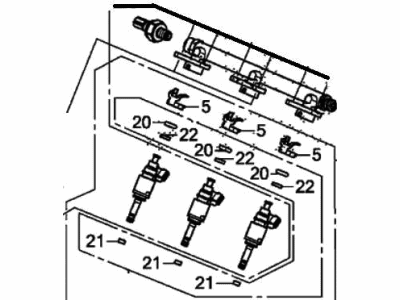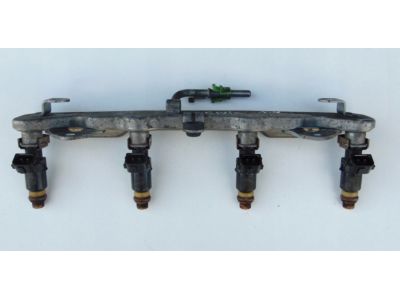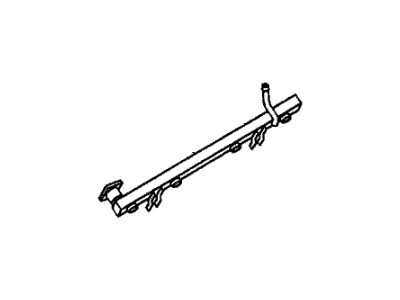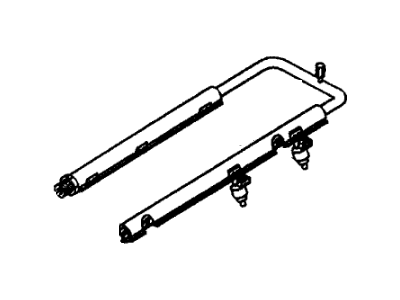×
- Hello
- Login or Register
- Quick Links
- Live Chat
- Track Order
- Parts Availability
- RMA
- Help Center
- Contact Us
- Shop for
- Honda Parts
- Honda Accessories

My Garage
My Account
Cart
Genuine Honda Passport Fuel Rail
Engine Fuel Rail- Select Vehicle by Model
- Select Vehicle by VIN
Select Vehicle by Model
orMake
Model
Year
Select Vehicle by VIN
For the most accurate results, select vehicle by your VIN (Vehicle Identification Number).
7 Fuel Rails found
Honda Passport Pipe, Front Fuel
Part Number: 16011-RLV-306$399.71 MSRP: $576.78You Save: $177.07 (31%)Honda Passport Pipe, Rear Fuel
Part Number: 16013-RLV-306$307.09 MSRP: $437.45You Save: $130.36 (30%)
Honda Passport Fuel Rail
In search of affordable OEM Honda Passport Fuel Rail? Consider browsing through our extensive inventory of genuine Honda Passport Fuel Rail. Not only do we provide market-leading prices and a manufacturer's warranty, but we also pride ourselves on exceptional customer service and swift delivery.
Honda Passport Fuel Rail Parts Questions & Experts Answers
- Q: How do you remove and install Fuel Injector and Fuel Rail on Honda Passport?A:To remove the fuel system components, first relieve the fuel pressure and detach the cable from the negative terminal of the battery. For 2.2L engines, remove the Throttle Body assembly from the intake manifold, while for 2.6L and 3.2L engines, disconnect everything from the throttle body and then remove the air intake plenum and throttle body as a single assembly. Detach the fuel injector harness from the fuel rail, noting that on some models it may be secured with cable ties or brackets. Disconnect the fuel inlet and return lines from the fuel rail assembly, capping the openings to prevent dirt from entering the system; be cautious with the 3.2L V6 engines as the fuel inlet line is staked to the fuel rail. Disconnect the fuel injector electrical connectors and set the harness aside, then remove the fuel rail retaining nuts or bolts. Carefully lift the fuel rail and fuel injectors from the intake manifold as a single assembly, ensuring not to damage the injector electrical terminals or spray nozzles. If replacing the fuel rail, remove the Fuel Pressure Regulator and injectors as needed. For installation, if the fuel pressure regulator was removed, install it along with the injectors, ensuring to replace any old rubber grommets. Install the fuel rail and injector assembly onto the engine, securing it with retaining bolts or nuts, and tighten them to the specified torque. For fuel injectors, relieve the system fuel pressure, remove the fuel rail, and then remove the injector retainer clip from each injector being serviced. Carefully pry the injector loose from the fuel rail, remove both O-rings, and install new ones while inspecting the injector for any damage. Lubricate the new O-rings with light grade oil, avoiding silicone grease, and install the injector with a light twisting motion, securing it with a new retainer clip. The remainder of the installation follows the reverse order of removal.




















